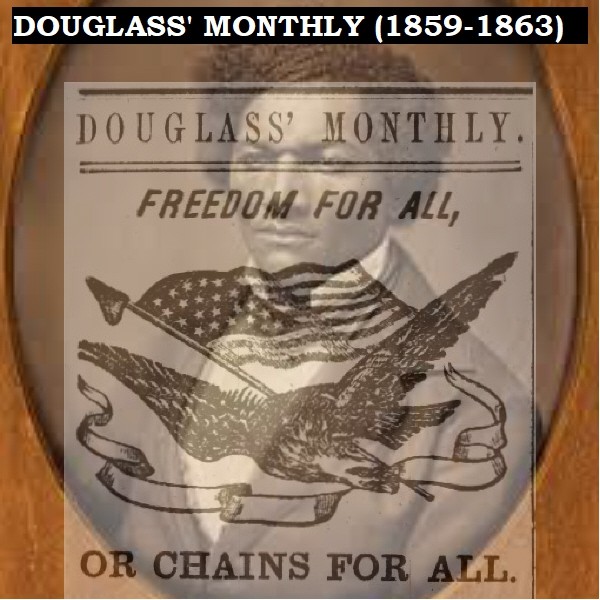
Description
Frederick Douglass and His Abolitionist Newspapers, 1845-1870
Timeline of Main Events
- 1845: Frederick Douglass publishes his autobiography, Narrative of the Life of Frederick Douglass, an American Slave, gaining significant public attention.
- 1845-1846: Frederick Douglass undertakes a lecture tour of Great Britain.
- 1847: Upon returning to the United States, Frederick Douglass settles in Rochester, New York, and begins publishing his first newspaper, The North Star.
- 1851: The North Star merges with the Liberty Party Paper to form Frederick Douglass’ Paper.
- January 1859: Frederick Douglass’ Monthly begins publication, succeeding his previous abolitionist newspapers. Its motto is “Freedom for all or chains for all.”
- 1859-1863: Frederick Douglass’ Monthly serves as a platform for the abolitionist movement and social reform. Key topics covered include the Underground Railroad, state slave laws, lynchings, slave auctions, fugitive slave cases, the fate of John Brown, the kidnapping and sale of free and enslaved Black people, the Amistad case, and the Haiti Revolution. The paper also covers related societal issues like the African Civilization Society.
- October 1859: The paper likely covers the raid on Harpers Ferry led by John Brown, as “Capt John Brown not Insane” is listed as a story title subject.
- April 1861: The American Civil War begins. Frederick Douglass’ Monthly shifts significant attention to the war.
- 1861-1863: Douglass uses the Monthly to advocate for the end of slavery through the war and to encourage Black men to enlist in the Union Army.
- 1863: Douglass actively recruits Black soldiers for the 54th Massachusetts Volunteers through the Monthly. His sons, Lewis and Charles Douglass, enlist and serve in this regiment.
- 1863 (Implied): The Monthly contemplates the progress of the war, the potential for emancipation, and criticizes slow progress.
- June 1863: The latest issue included in this collection of Frederick Douglass’ Monthly is published. The source indicates potential financial difficulties leading to gaps in publication during the 1859-1863 period.
- 1870: Frederick Douglass begins publishing his fourth newspaper, The New National Era.
Cast of Characters
- Frederick Douglass (1818–1895): An African American social reformer, orator, writer, and statesman. He escaped slavery and became a prominent leader in the abolitionist movement. He published three autobiographies, including Narrative of the Life of Frederick Douglass, an American Slave. He founded and published four newspapers, including The North Star, Frederick Douglass’ Paper, and Frederick Douglass’ Monthly, all dedicated to abolition and social reform.
- John Brown (1800-1859): An American abolitionist who advocated and practiced armed insurrection as a means to end slavery. He led a raid on the federal armory at Harpers Ferry, Virginia, in October 1859, hoping to initiate a slave revolt. He was captured, tried, and executed for treason, murder, and inciting slave insurrection. His actions and subsequent trial were highly controversial and further polarized the nation on the issue of slavery. Frederick Douglass’ Monthly covered his fate, with at least one article titled “Capt John Brown not Insane.”
- Lewis Douglass: One of Frederick Douglass’s sons. He enlisted and served in the 54th Massachusetts Volunteers, a prominent African American regiment in the Union Army during the Civil War.
- Charles Douglass: Another of Frederick Douglass’s sons. Like his brother Lewis, he also enlisted and served in the 54th Massachusetts Volunteers during the Civil War, seeing combat.
Frederick Douglass’ Monthly (1859-1863)
738 pages of Frederick Douglass’s monthly newspaper, “Douglass’ Monthly.” Issues dating from January 1859 to June 1863. This collection does not contain issues for September 1859, January-March 1860, May 1860, June 1862, and December 1862, May 1863. It is not clear if issues were published for these dates. Indications are that Douglass was having financial difficulties with the paper and issues for those dates may not have been published.
Frederick Douglass (1818–1895) was an African American social reformer, orator, writer and statesman. After escaping from slavery, he became a leader in the abolitionist movement. The popularity of his speaking engagements led to the publication of his Narrative of the Life of Frederick Douglass, American Slave (1845), the first of his three autobiographies, in which he told the harrowing tale of his childhood as a slave. Following a two-year (1845-46) lecture tour of Great Britain, Douglass returned to the United States, settled in Rochester, New York, and began publication of what would be the first of four newspapers: The North Star (1847-51), Frederick Douglass’ Paper (1851-60), Douglass’ Monthly (1859-63), and the New National Era (1870-74).
The Douglass’ Monthly was the successor to Frederick Douglass’ earlier abolitionist papers: The North Star and the Frederick Douglass’ Paper. This monthly publication was also devoted to the abolitionist movement and social reform. The motto of the paper was, “Freedom for all or chains for all.” Many articles covered the Underground Railroad, state slave laws, lynchings, slave auctions, fugitive slave cases, the fate of John Brown, kidnapping of slaves and free blacks, and their return to slavery or being sold into slavery.
Once the Civil War broke out much attention in the Monthly was turned towards it. Douglass welcomed the war as an opportunity to end slavery and an opportunity for blacks to raise their status in the United States through military service. Through the Monthly, he recruited black Union soldiers for the African American Fifty-Fourth Massachusetts Volunteers. His sons Lewis and Charles both served in this regiment and saw combat. The Monthly contemplated if the war would end slavery, criticism about the progress of the war and emancipation.
Story title subjects include:
A Story of the Underground Railroad
History of the Amistad Case
African Civilization Society
A Man Sells His Own Daughter
Man-Hunting in Pennsylvania
The Haiti Revolution
Mount Vernon a Slave Shamble
Burning of Negro Murders
A Mother in Prison for Attempting to Free her Children
Slave Hunters in New York
Capt John Brown not Insane
Jefferson’s Slaves








Related products
-
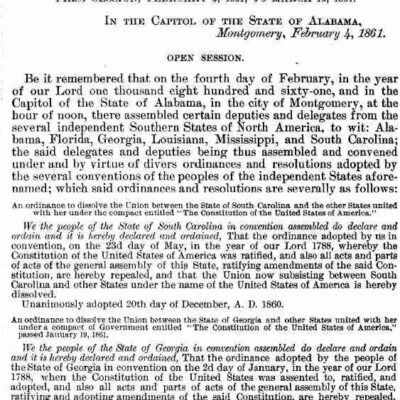
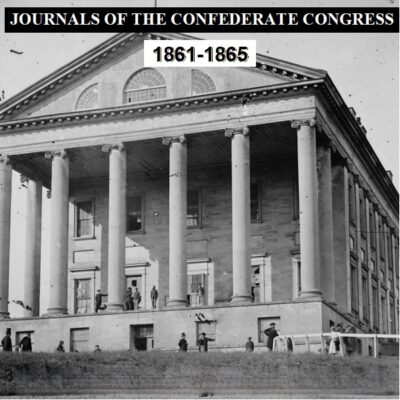
Journal of the Congress of the Confederate States of America 1861-1865
$19.50 Add to Cart -
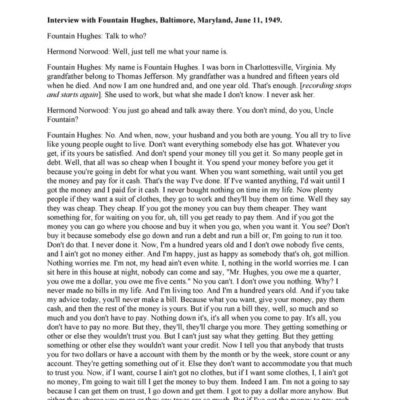
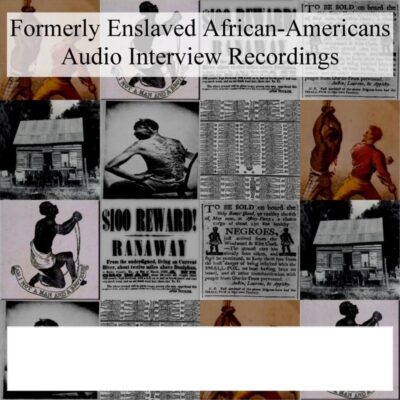
Audio Recordings of Formerly Enslaved African Americans
$19.50 Add to Cart -
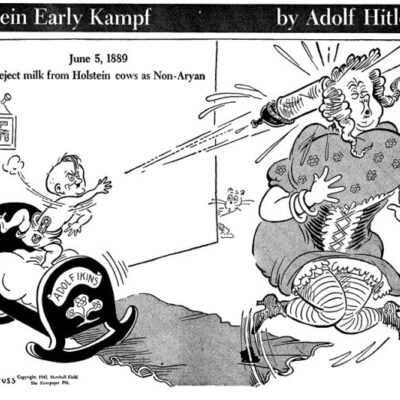
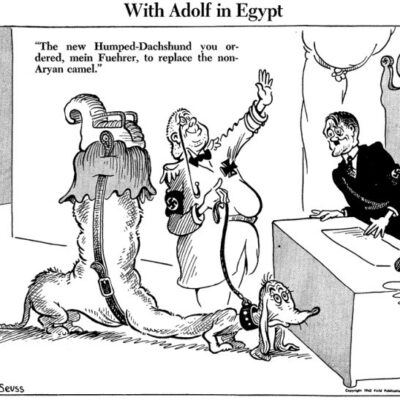
Dr. Seuss – Theodor Geisel World War II Political Cartoons
$19.50 Add to Cart -
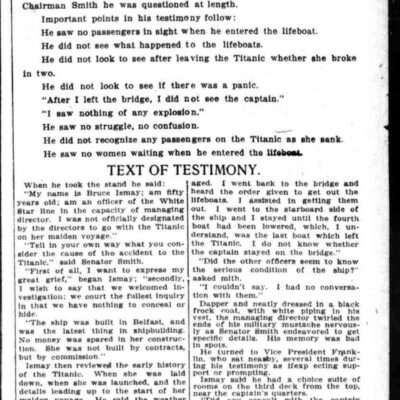

Titanic Disaster: Newspaper Articles (1912-1922)
$19.90 Add to Cart